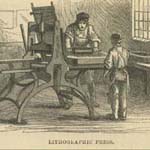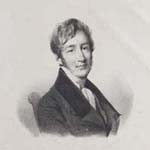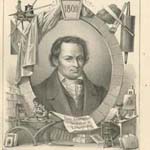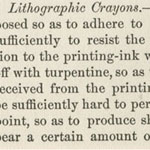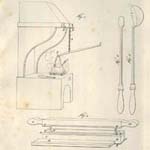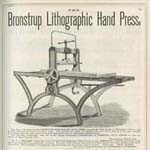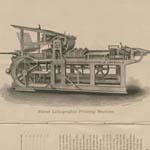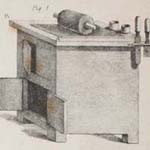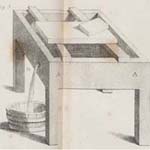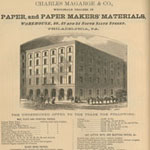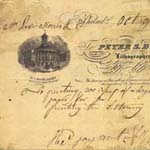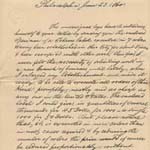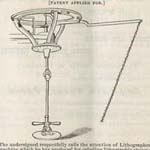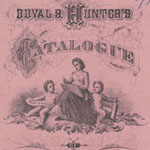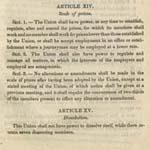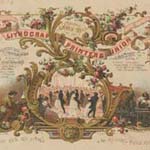Section II. Tools of the Trade
The production of a lithograph required not only the skills of the artist, lithographer, and printer, but the proper tools, equipment, and support staff. Young male apprentices and other shop workers cut, moved, and ground the stones; made the inks and crayons; and dampened and fed paper to the presses. The materials in this section are some of the tools utilized by those in lithography to learn the trade and maintain a lithographic establishment.
Click on the thumbnails below to browse the items in this section of the exhibition.
